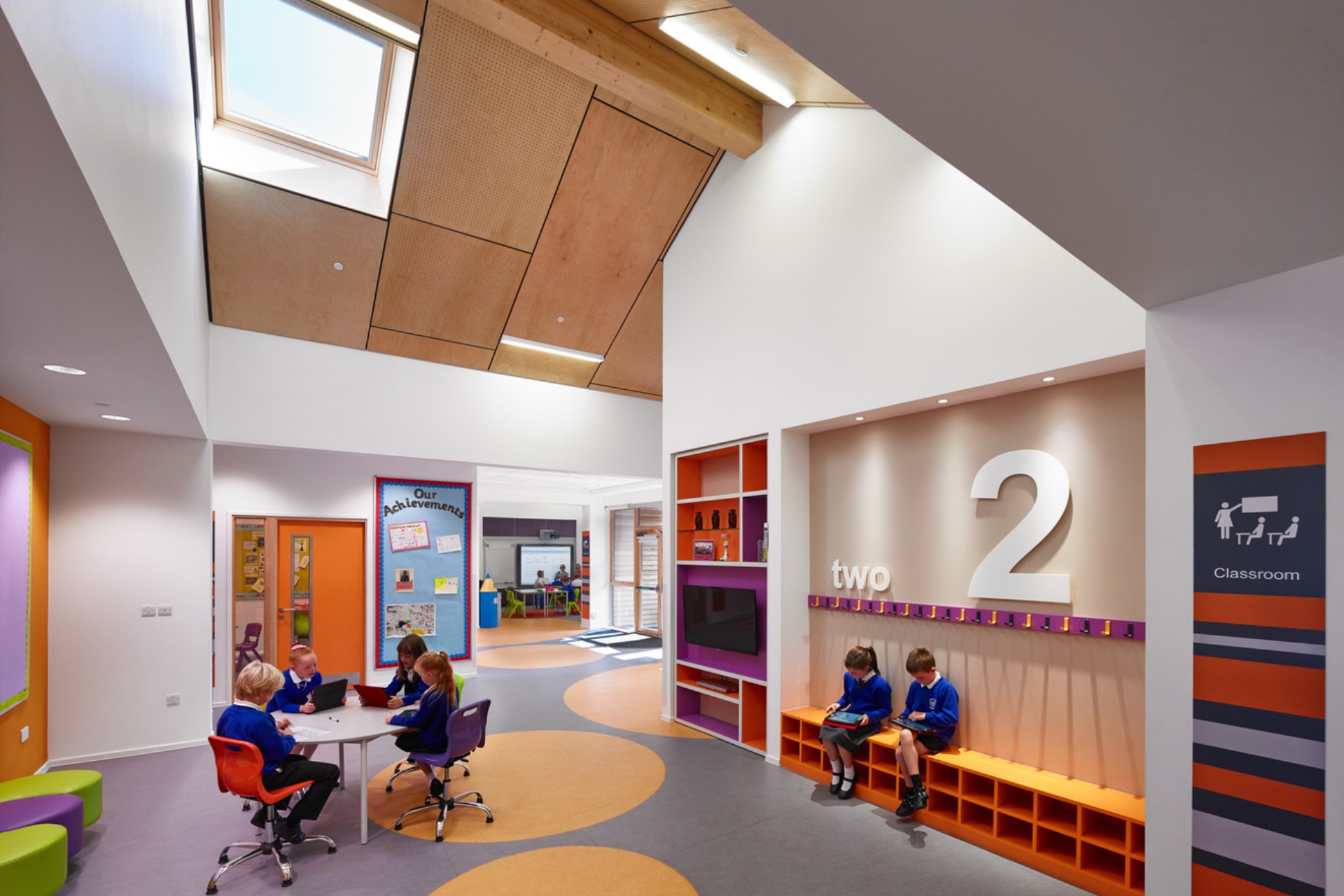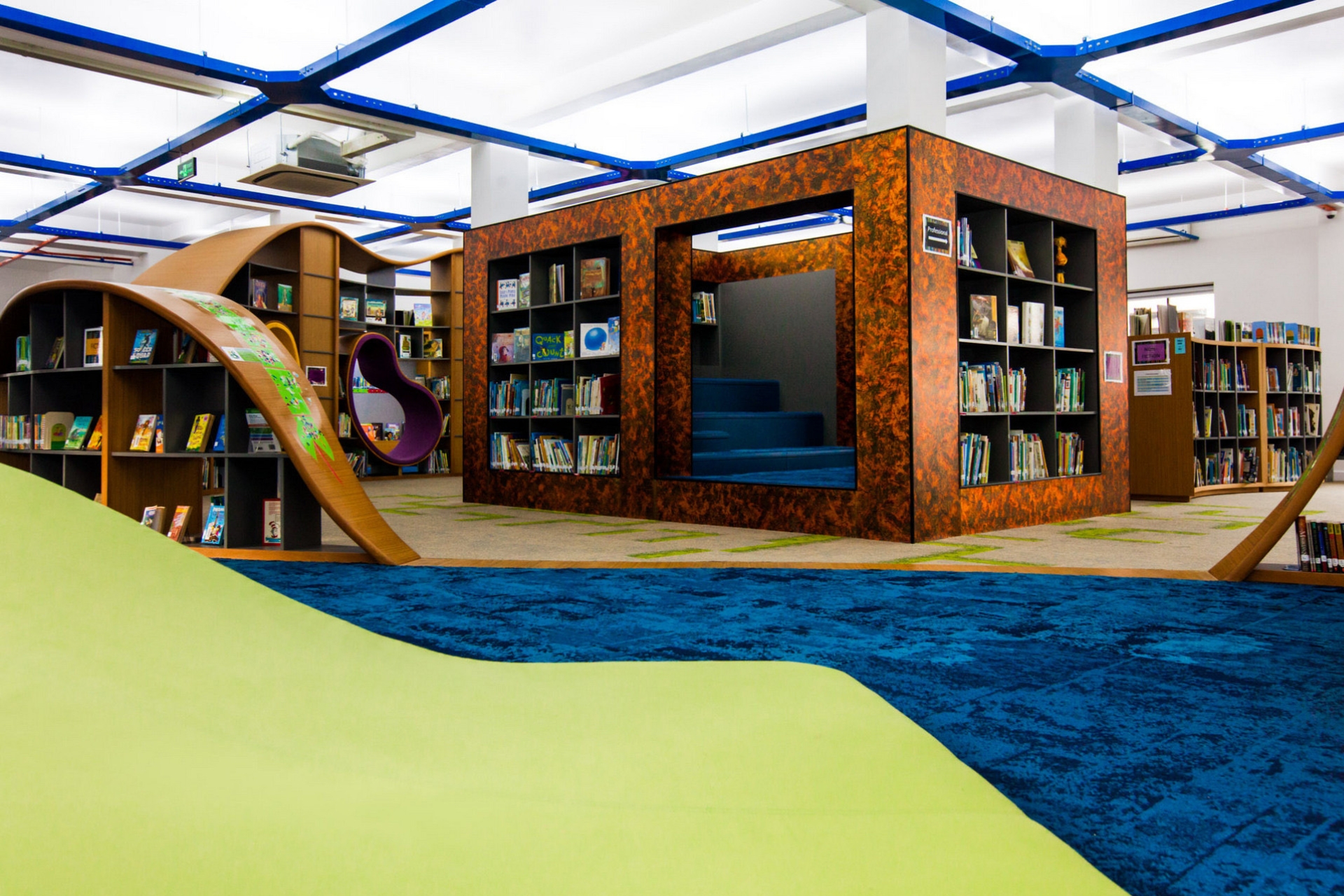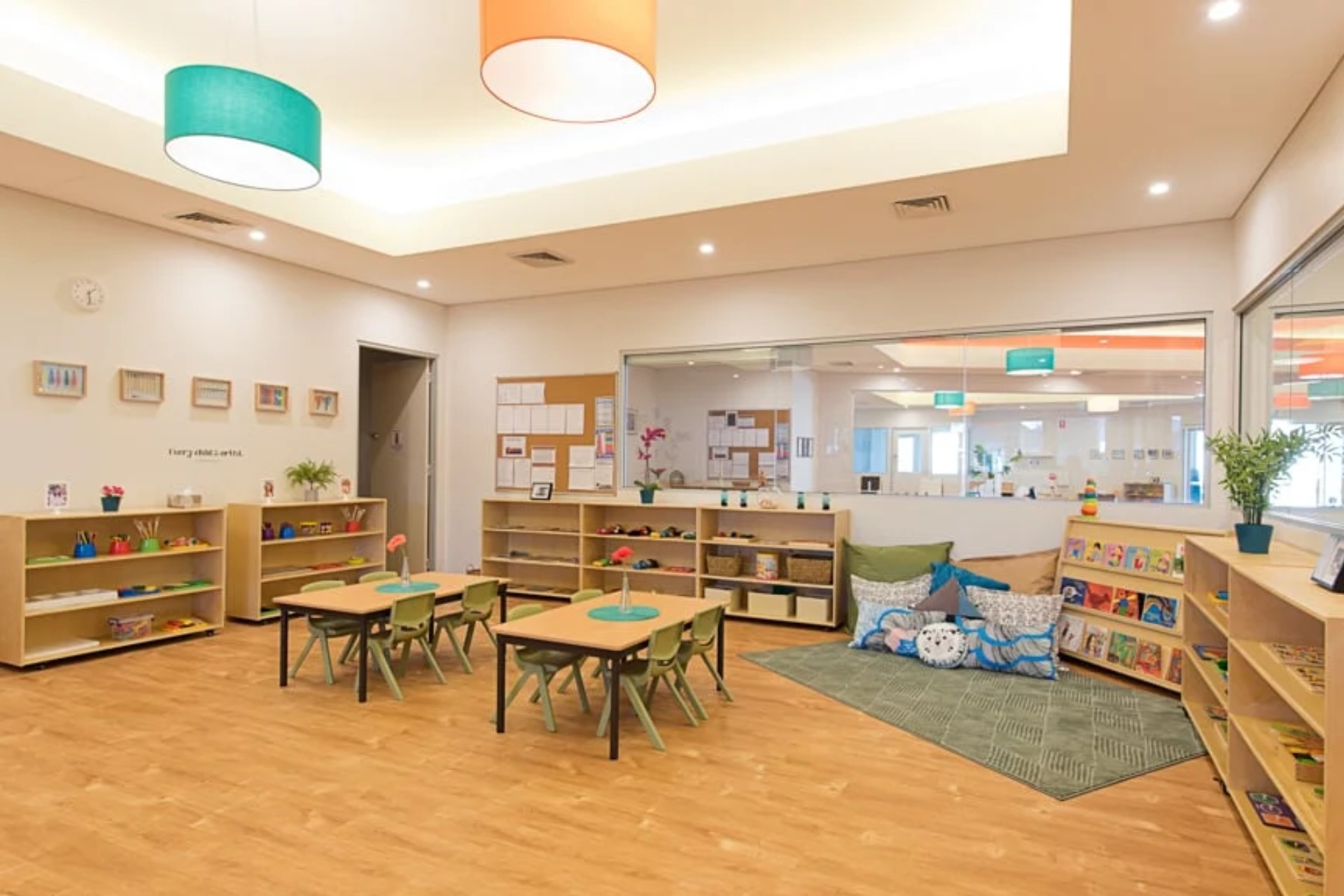
5 Core Principles in International Primary School Design
In the era of integrated education, international primary schools are not just institutions teaching international curricula but also environments for holistic development, nurturing global competencies for future generations. Therefore, the design of international primary schools is receiving increasing attention and investment—not only to meet international standards but also to align with local cultural and educational characteristics.
With years of experience in school design and construction, TECO suggests 5 core principles for international primary school design.
1.Student-Centered Space Design
This is one of the most critical principles when designing an international primary school—putting students at the center. It is not just a slogan but a guiding philosophy that must be reflected in every design detail, ensuring that even the smallest elements serve students with clear purpose.
-
Flexible learning spaces: Classrooms should be designed for adaptability, supporting modern teaching methods like group work, presentations, and open discussions. Furniture should be mobile, safe, and eco-friendly.
-
Stimulating holistic development: Primary school is the second nurturing ground after preschool. The design should maximize opportunities for physical, intellectual, and emotional growth. International schools prioritize open, creative spaces to encourage learning, movement, and exploration.


The library at ISHCMC International Primary School—modern, creative, and inspiring exploration and reading.
2. Design Aligned with Educational Philosophy – Spaces Reflect Pedagogy
Every international school follows a unique educational philosophy, such as Montessori, IB (International Baccalaureate), or Reggio Emilia. Architectural design bridges these philosophies into reality.
-
Montessori: Features open spaces allowing free movement and discovery.
-
IB Program: Requires integrated learning zones and multifunctional spaces to foster critical thinking, teamwork, and idea presentation.
Designers must deeply understand these philosophies to accurately reflect the school’s vision.

Design concept for a school following the Montessori educational model.
3. Encouraging Interaction, Connection, and Experiential Learning
A great educational environment doesn’t just impart knowledge but also sparks creativity, collaboration, and community responsibility. Architecture should facilitate student-space interaction.
-
Multifunctional corridors: Transform hallways into exhibition areas, reading nooks, or social hubs to create dynamic, inspiring learning environments.
-
Nature-integrated spaces: Ideal for students to regularly engage with greenery, natural light, and fresh air. This includes gardens, outdoor play areas, and classrooms with large windows—trends in modern international schools where holistic education ties to real-world experiences and nature.

Multifunctional corridors—creative, lively spaces that inspire learning.
4. Balancing International Standards and Local Cultural Identity
An international primary school isn’t about copying foreign models. Design should blend global educational standards and local cultural values—a priority for Asian parents, especially in Vietnam.
-
Climate-responsive design: Optimize natural light and use local materials suited to regional weather.
-
Cultural integration: Infuse spaces with Vietnamese cultural motifs to enhance aesthetics and nurture national pride.
5. Commitment to Sustainable Development
A key criterion for international primary school design is sustainability and environmental protection. Long-term vision must align with eco-friendly practices:
-
Renewable energy: Solar panels, energy-efficient lighting, rainwater harvesting.
-
Waste reduction: Recycling systems, recycled materials.
-
Green spaces: Trees indoors and outdoors to regulate microclimates and create pleasant learning environments.
 Green space design for international primary schools.
Green space design for international primary schools.
Conclusion
More than just architecture, schools are nurturing grounds for future generations. From student-centered design and pedagogical alignment to interaction-focused spaces and sustainability—these principles are vital for international primary school design.
A key question to guide design concepts: “How will this space shape students’ learning experiences?”—the compass for all decisions to create environments fostering holistic growth.
If you’re seeking a trusted international school design and construction partner, contact TECO for a free consultation. Let us help you turn blueprints into reality!



